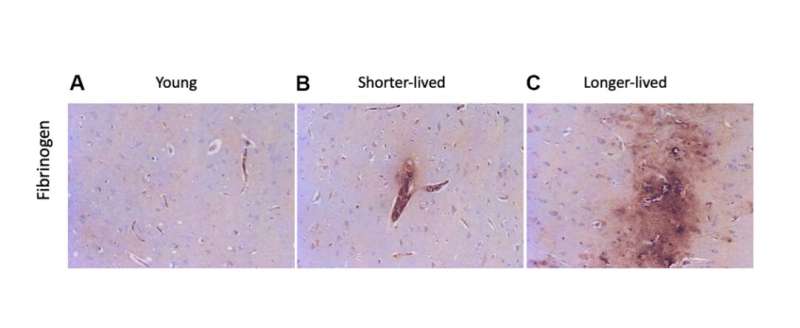Team studies age-associated changes in microglia activation and Sirtuin-1-chromatin binding patterns

A new research paper titled "Age-associated changes in microglia activation and Sirtuin-1- chromatin binding patterns" has been published in Aging
The aging process is associated with changes in mechanisms maintaining physiology, influenced by genetics and lifestyle, and impacting late life quality and longevity. Brain health is critical in healthy aging. Sirtuin 1 (Sirt1), a histone deacetylase with silencing properties, is one of the molecular determinants experimentally linked to health and longevity.
In this new study, researchers Liana V. Basova, Nikki Bortell, Bruno Conti, Howard S. Fox, Richard Milner, and Maria Cecilia Garibaldi Marcondes from San Diego Biomedical Research Institute, University of Nebraska Medical Center and Oncovalent Therapeutics compared brain pathogenesis and Sirt1-chromatin binding dynamics in brain pre-frontal cortex from 2 groups of elder rhesus macaques (rhesus monkeys), divided by age of necropsy: shorter-lived animals (18-20 years old [yo]), equivalent to 60-70 human yo; and longer-lived animals (23-29 yo), corresponding to 80-100 human yo and modeling successful aging. These were compared with young adult brains (4-7 yo).
"Our findings indicated drastic differences in the microglia marker Iba1, along with factors influencing Sirt1 levels and activity, such as CD38 (an enzyme limiting NAD that controls Sirt1 activity) and mir142 (a microRNA targeting Sirt1 transcription) between the elder groups," the researchers wrote.
Iba1 was lower in shorter-lived animals than in the other groups, while CD38 was higher in both aging groups compared to young. mir142 and Sirt1 levels were inversely correlated in longer-lived brains (>23yo), but not in shorter-lived brains (18-20 yo). The team also found that Sirt1 binding showed signs of better efficiency in longer-lived animals compared to shorter-lived ones, in genes associated with nuclear activity and senescence.
"Overall, differences in neuroinflammation and Sirt1 interactions with chromatin distinguished shorter- and longer-lived animals, suggesting the importance of preserving microglia and Sirt1 functional efficiency for longevity," they concluded.
More information: Liana V. Basova et al, Age-associated changes in microglia activation and Sirtuin-1- chromatin binding patterns, Aging (2022). DOI: 10.18632/aging.204329



















